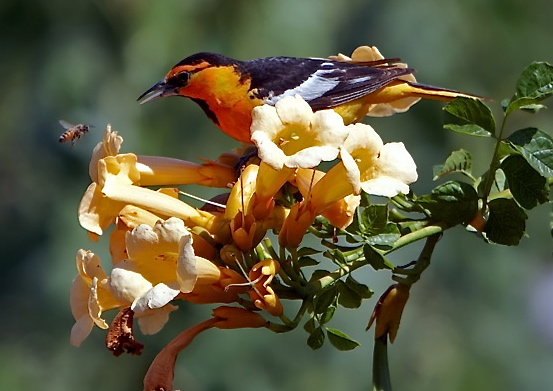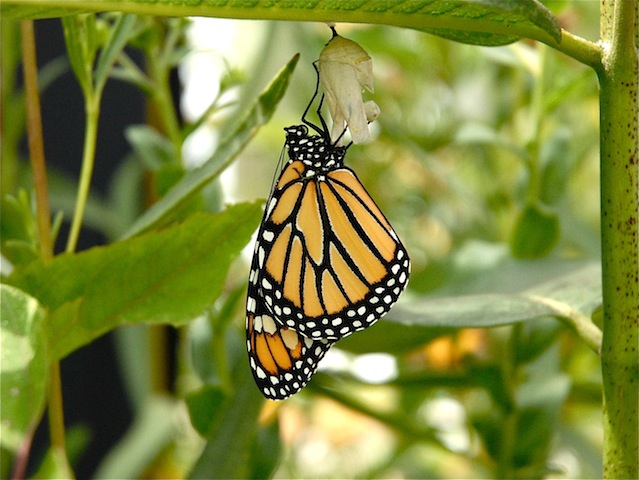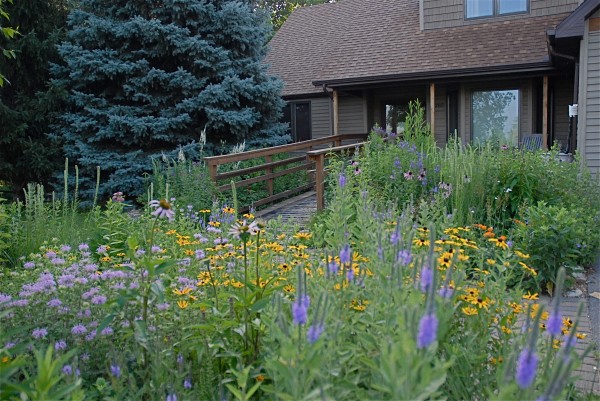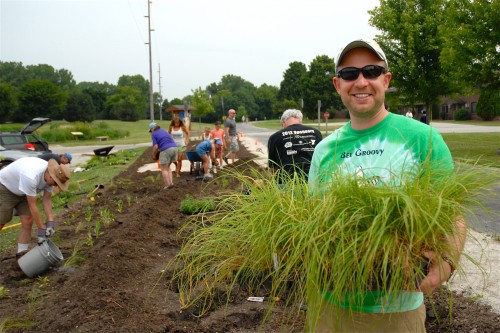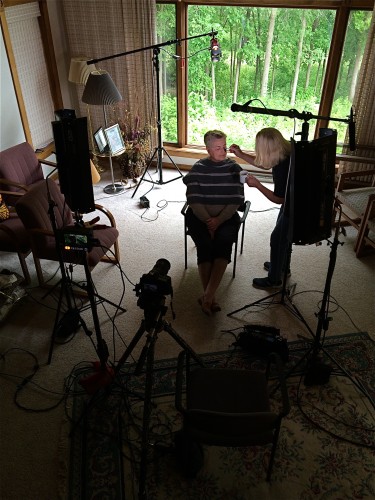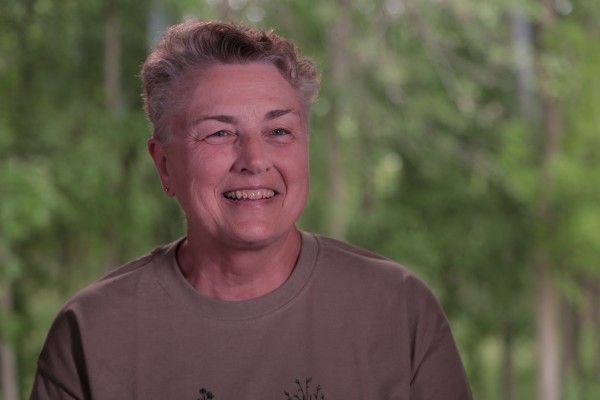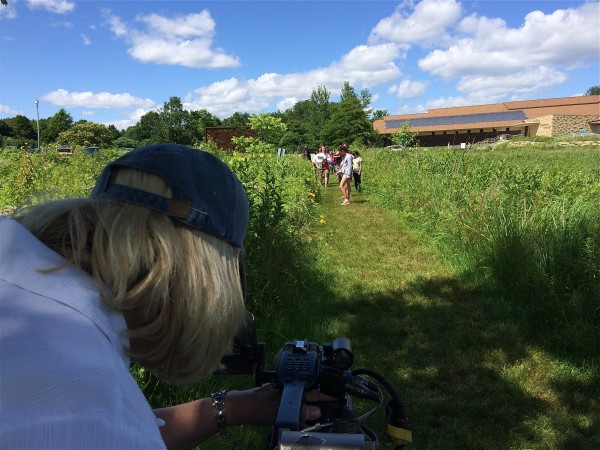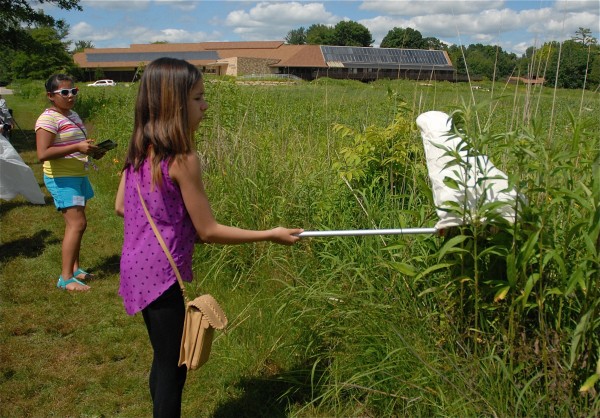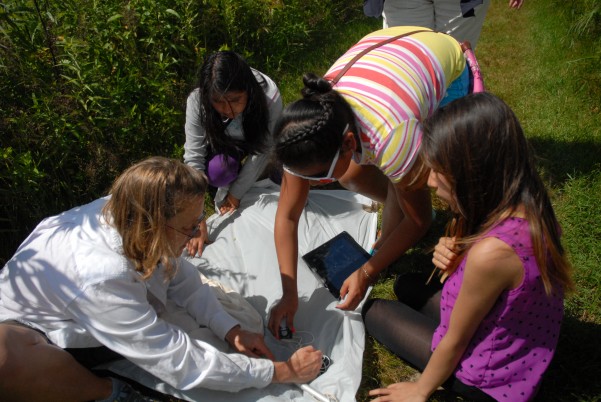Many Thanks Supporters!
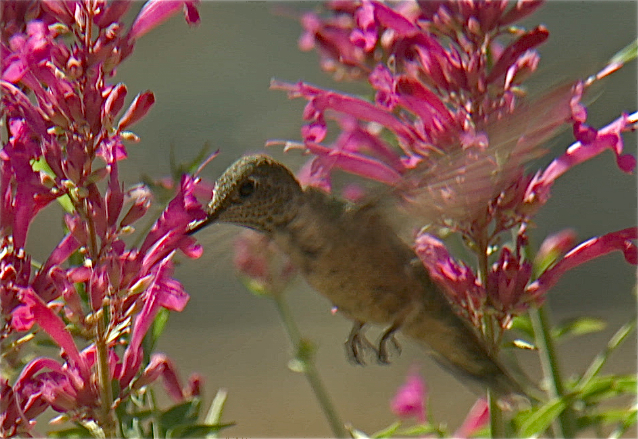
Hyssop. Hummingbird Heaven! photo Catherine B. Zimmerman
On behalf of the Hometown Habitat film crew, Doug Tallamy and the Chesapeake Conservation Landscaping Council, I want to recognize all the generous folks who have joined our team by donating their dollars. As independent filmmakers, we can’t produce this important documentary without your help and support! Thank you!
One of our biggest donors is the Wild Ones Natural Landscapers, who pledged a minimum of $5,000. With Wild Ones chapters all over the country contributing, they are well over $6,000 and have earned a place in the credits! I am proud to be an honorary director for such an amazing organization! Here’s what Executive Director, Donna VanBuecken, said about why Wild Ones are backing Hometown Habitat.
“The heroes in Catherine’s film “Hometown Habitat” will depict what Wild Ones all over have been doing for 35 years. Moving the cause for natural landscaping along any way they can with little shoves or big pushes. We have been taught from childhood that gardens are for beauty, that they are a chance to express our artistic talents, to have fun with, to relax in, but not that they are necessary to our very existence on this planet. If we are to preserve other forms of life and the role they play in human sustenance, we must change the way we landscape our yards and our green space. But we as individuals can only do so much. It is up to our city planners, businesses and developers to take up the cause as well. They will have the biggest impact on the way we humans live our lives in harmony with nature. It is our hope that Catherine’s film will push that impact forward that much faster.” — Donna
Wow! Love that sentiment!
At this point, we are only about 1/5 of the way to our fundraising goal of $176,000. We need you!
It is our hope that many more individuals and organizations, like The Wild Ones, will support as they see the potential impact this film will have on communities and homeowners to change a lawn based culture to one that embraces nature and recognizes all the great benefits we gain landscaping with native plants. Fabulous benefits, such as providing oxygen, cleaning water, building topsoil, capturing storm water, pollinating food plants and sequestering carbon!
For more of this…
and this…
and this…
Help us spread the word about the value of native plants. Please support Hometown Habitat! BONUS… Your important donation is tax deductible! —- Catherine


